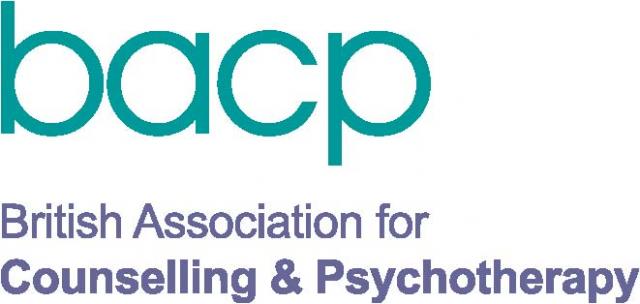Reasons for self-harming
/Self-harm is very common, with a multitude of reasons behind it. Firstly, it's important to understand what self-harm entails. We all have an idea of what constitutes self-harm, based on stereotypes perpetuated by the media, but the reality of self-harm is broader than you may think.
What is self-harm?
Self-harm is any self-inflicted behaviour that causes harm to oneself. Eating disorders, drug and alcohol abuse (with the intent of damaging oneself), and risky sexual behaviour can all be classed as self-harm.
Self-injury is a deliberate way of harming the body, which is self inflicted. This can include cutting, scratching or burning oneself, but it can also include self-poisoning (taking overdoses of harmful medication), pulling your own hair, punching walls or swallowing batteries.
Some activities that are socially acceptable can be classed as self-harm, such as tattoos and some body modification. Self-harm is defined as an activity that is used with the intent to hurt oneself, with the emphasis on the intention behind the behaviour. Self-harm is extremely common, especially amongst adolescents and teenagers. More and more people are turning to harming themselves as a way to cope with their emotions.
Reasons for self-harm
There are a number of reasons for people self-harming, and the behaviour can be rooted in different experiences for different people. Here are some of the more common reasons for self-harm.
A result of early childhood experience
Self-harm can develop as a result of the parent/child bond in early childhood. Sometimes parents have struggled to meet the needs of their child, so the child has not experienced being soothed by a reliable caregiver.
This child may never have learnt how to regulate his or her emotions, so they begin to search for other ways to self-soothe. Thus, self-harm can be used as a coping mechanism by very young children, and it often begins in adolescence. Puberty is a time of huge change for a young person, and if that person has not learned to self-soothe, then the emotions can start to feel overwhelming. This can cause a young person to self-harm as a way of releasing some of that built up, unregulated emotion.
An expression of violence
Self-harm can be used as a result of violent feelings that are pent up within the body. A person may self-harm because they feel so angry and violent that they would rather self-harm than lash out and attack somebody else. We are often taught to feel ashamed of our aggression, so it can feel safer for a person to self-harm, than for them to show this aggression.
Showing on the outside what is going on inside
People who self-harm are often in a huge amount of pain, and they may use their self-harming as a way to show the world how they are feeling on the inside. They might believe they are damaged, ugly, or bruised on the inside – and use their harming to show their truth on their skin.
A way of communicating
Self-harm can be very visible, and it can be used as a way to communicate the distress that the person is feeling. Self-harm can also be a way of getting a response from others, or asking for help.
The link with suicide
If a person self-harms, this does not mean that he or she is necessarily suicidal. There is an increased risk of suicide in people who self-harm. However, this could be explained by the many accidental deaths that can occur when a person purposefully seriously injures his or herself. Self-harm is sometimes linked to suicide, but it is often used as a survival strategy.
Survival
Self-harming behaviours can help a person feel more in control and may be experienced as an emotional release. This can be a way of coping with trauma or pain, and can be seen as a survival strategy that helps the person to cope with the pain and distress that they may have experienced.
Self-harm can be used as a way of testing the robustness of the body, and the survival from these self-attacks can help a person to feel stronger and more in control. Self-harm can help release emotion, but can also help the person to feel freed temporarily from toxic or painful memories.
Self-harm can be used to help a person to feel more alive, bringing texture and feeling to a world that feels empty and numb.
In all of these forms, self-harm is used as a resource to help somebody cope when nothing else seems to work - a way of surviving the pain and distress that could cause somebody to commit suicide.
How to help people who self-harm
Self-harm should not be taken at face value; it is a reflection of what is going on beneath the surface. This means that it can be extremely helpful for a person to talk about their use of self-harm with a person they can trust.
It can be useful to explore these concerns with a counsellor. A counsellor will provide a safe and trusting relationship, which may help the client to find alternative ways of self-soothing, and heal some of the relationship difficulties which may be at the root of self-harm. A counsellor should not judge a person for their coping mechanisms; rather they should respect the survival methods that the person has used. Counselling may help the person to explore the deeper meanings that may underlie their use of self-harm.
If you are worried by any of the issues raised in this article, please feel free to book an initial consultation to talk through some of your concerns.





